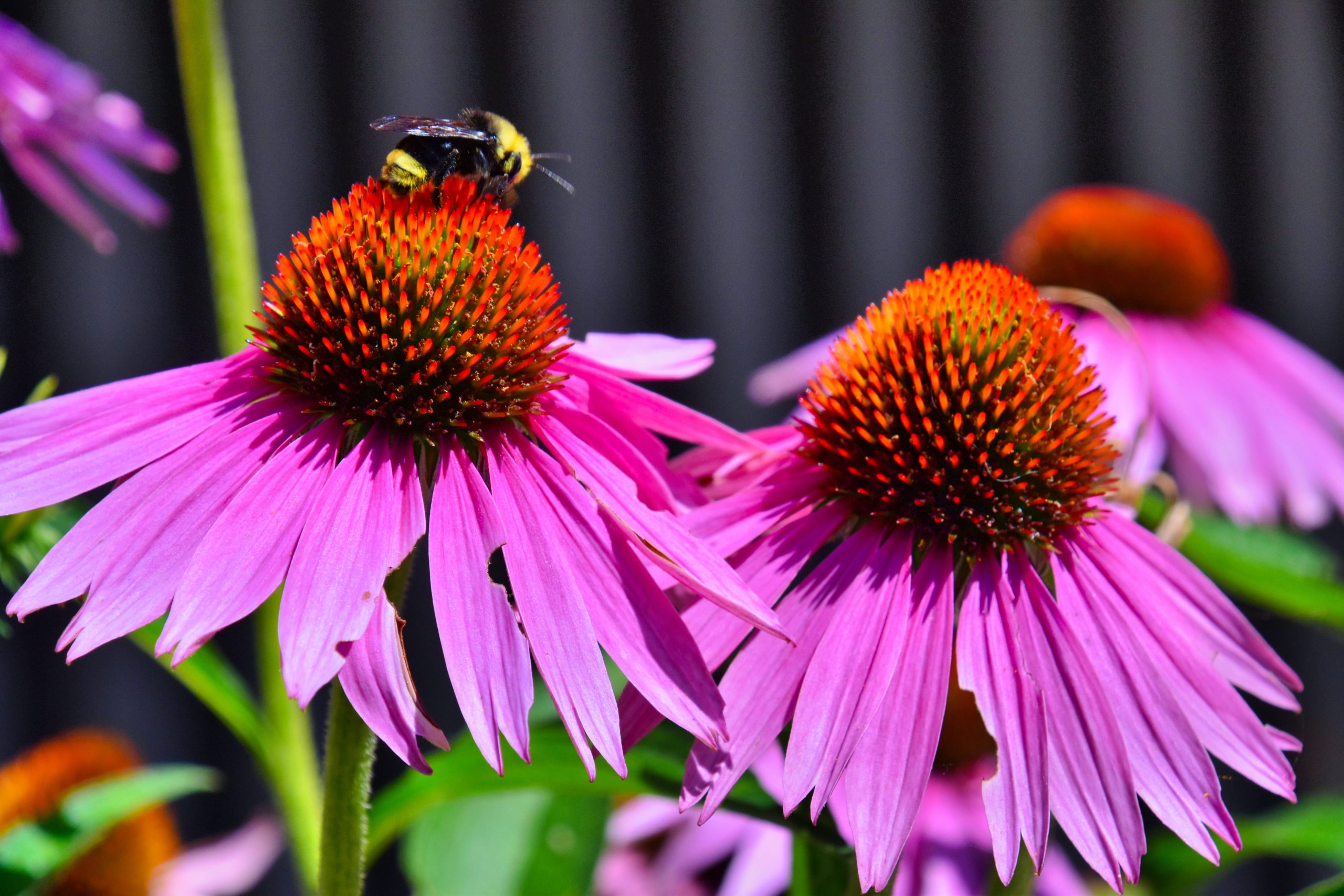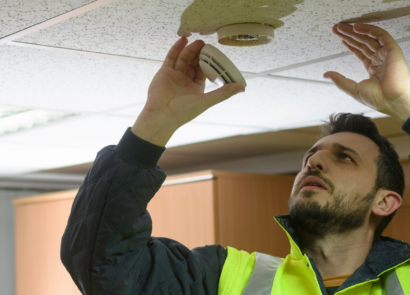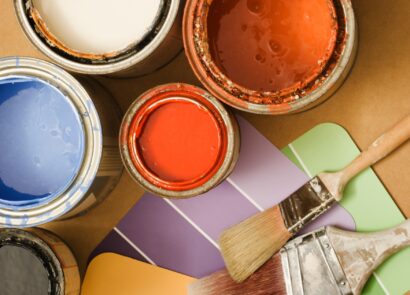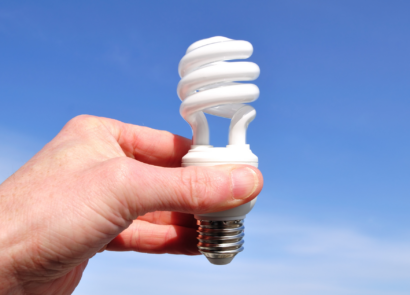Did you know that wild bees and other pollinators account for one of every three bites of food you take? In addition to their essential contributions to local ecosystems and the delicious honey they make, bees pollinate many plants that we depend on for sustenance. With many bee species in decline across Canada, it’s important we all do what we can to create a healthy environment for them. An easy way to do this is to make our outdoor living spaces more bee-friendly by creating bee-friendly gardens. This blog post will give you 3 tips to help you do just that!
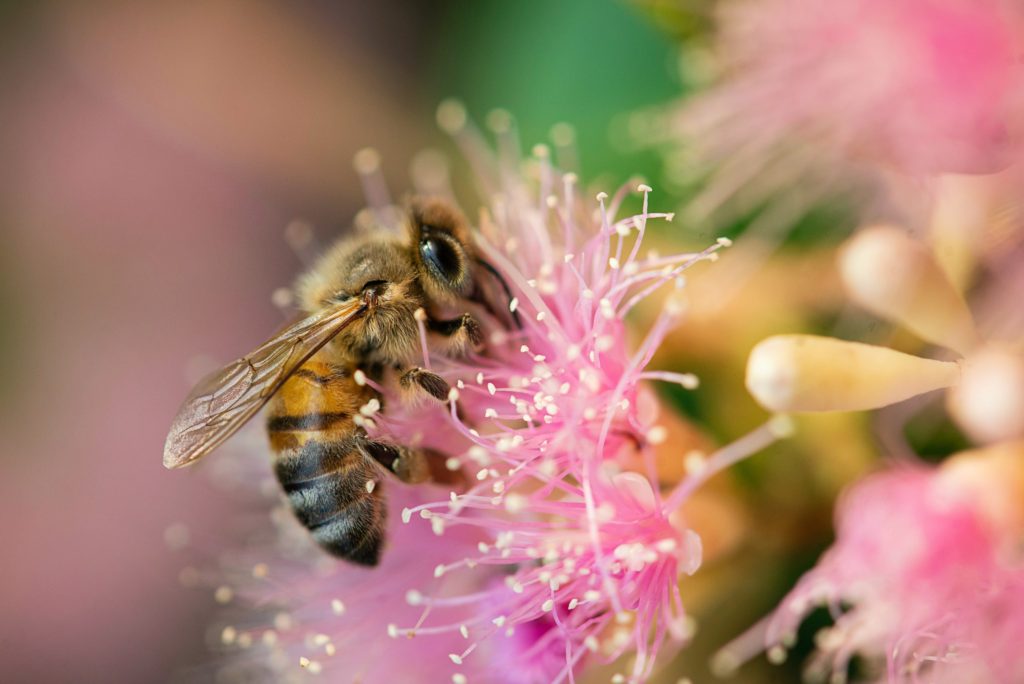
1. Create a wild “beepothecary”
That’s right! According to the David Suzuki Foundation, bees eat two things: nectar (their liquid gold, and a primary energy source) and pollen (which provides them with nutrients like fats and proteins). A few things to think about when creating our nectar and pollen-filled “beepothecaries” are:
– Bees need snacks all year, just like us! Ensure that you have a few nectar-and pollen-providing plants available throughout spring and summer. Bee Friendly has a great list of common flowers, their care details and bloom times that can help you plan this out.
– Herbs are useful to both bees and humans! Bees love lavender, oregano, thyme, rosemary, lemon balm, sage, and chives—these are great multifunctional plants to have in your space.
– To make it easy for bees to find your plant food, group all of your bee-friendly plants in the same area.
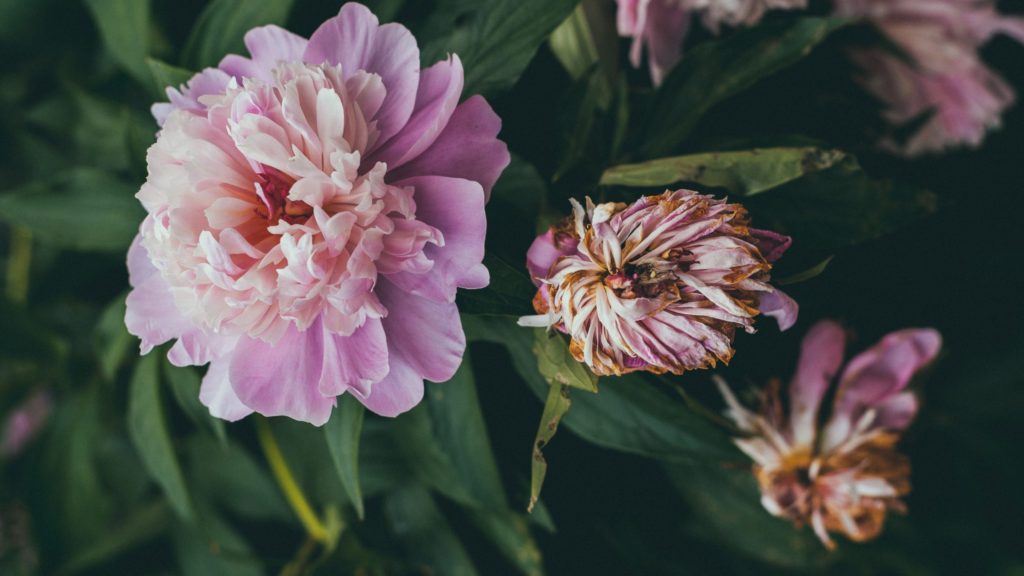
2. Consistently deadhead your blooms
Deadheading—for those that are new to gardening—is the act of removing dying or dead flowers from your plants and composting them. Best done regularly, using sharp shears, it signals a plant to redirect its energy from making seeds (a plant’s way of ensuring its lineage continues) to forming more flowers (what we like seeing—and what bees like eating!). Look for wilting, drooping, and brown petals when you deadhead in your bee-friendly garden.
Remember: only some types of flowers (like daisies or phlox) will rebloom if deadheaded. Don’t fall into gardener’s guilt by plucking the blooms off of plants that only flower once!
3. Build a bee bath
Did you know that bees use water to dilute crystallized honey, help with digestion, and keep their hives cool? Providing them with water is a quick and easy thing you can do for your bee-friendly garden, whether you live in a house or apartment building. We suggest using an old dish with a lip, a frisbee, or a terracotta pot bottom for your bath. All you have to do is put a few flat rocks to put inside your vessel of choice, then fill it with water so the tops of the stones are just above the water line. This will give your bees a spot to chill out when they need a drink!
We’d suggest cleaning your bee bath weekly. If you have pets, combine this with cleaning the cat or dog dishes to make it an easy habit!
Happy gardening! Bzzzz. Share your bee-friendly gardens with us on Facebook and Instagram!
